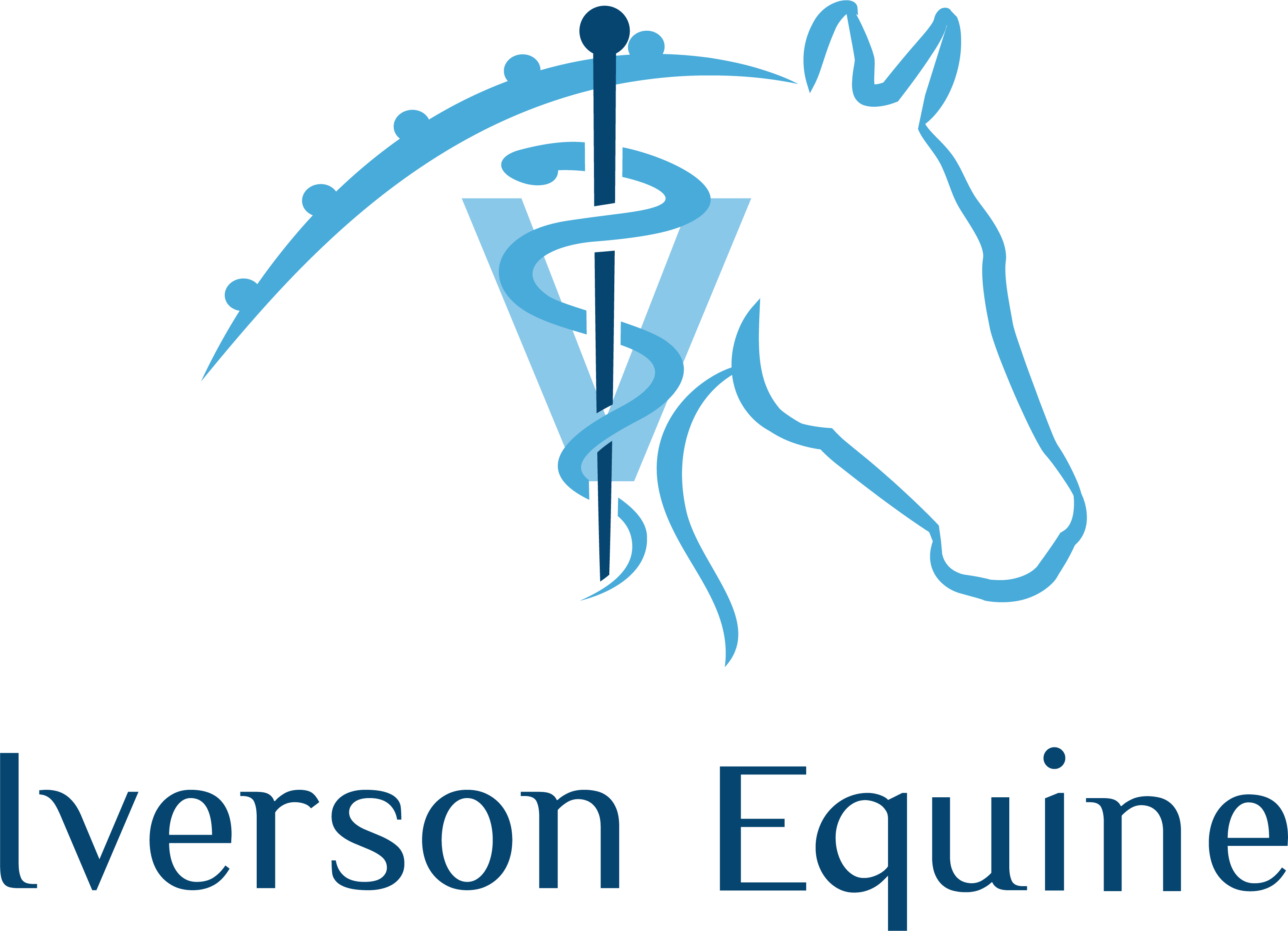Equine lameness exams are used by equine veterinarians as a tool to diagnose and treat lameness in horses. As a Certified Equine Rehabilitation Practitioner (CERP), Dr. Iverson has the highly trained eye needed to discover the source of your horse’s lameness. Using a variety evaluations during lameness exams, Dr. Iverson is able to determine the severity and location of pain so she can create a specialized treatment plan for your horse, based on his or her specific needs.
Equine lameness exams consist of a combination of the following types of exams:
1. Static Exams – this exam starts in stall or fresh out of the stall with a full body examination of the horse. Dr. Iverson will note the horse’s conformation, the way the horse stands and any visible swelling. This exam also includes basic flexion and palpation to look for sensitivity, loss of range of motion, and a reluctance to flex or move an area of the body in a normal way. Static exams also look for any visible wounds or discharge that might affect the general wellness of the horse in addition to possible lameness.
2. Motion Exams – this exam will highlight any issues with the movement of your horse. Starting at the walk, Dr. Iverson will look for any conformational issues — from how the feet track in motion to unsound steps or turning issues — which result from how the horse is built versus lameness issues caused by another source. Next, we will move the horse through their trot, lope and canter gaits in hand, undersaddle, on the lunge line, or by free lunging to look for similar issues.
3. Flexions – this type of lameness exam happens as Dr. Iverson holds a limb in flexion for a short period of time to see if there is an abnormal response in the movement of the horse when the limb is released. For example, the fetlock is held in flexion for 30 seconds, then released as the handler asks the horse to trot in hand. We will be looking for deviations like awkward takeoff and landing on the initial step forward, lameness moving forward, or changes from the movement in the motion exam. Horses with injuries, arthritis or weakness in the flexed area will have an exaggerated lameness.
4. Nerve Blocks – during this process, we will place numbing agents above the area of interest to narrow down the source of pain. Nerve blocks can be used to eliminate large parts of the leg by blocking the sensation of pain from certain parts of the leg.
Dr. Iverson uses any combination of these 4 types of lameness exams to gain a better understanding of the location, type and severity of your horse’s injury so she can identify the appropriate equine care plan for your horse, which may include equine sports medicine therapy or equine medical manipulation.
